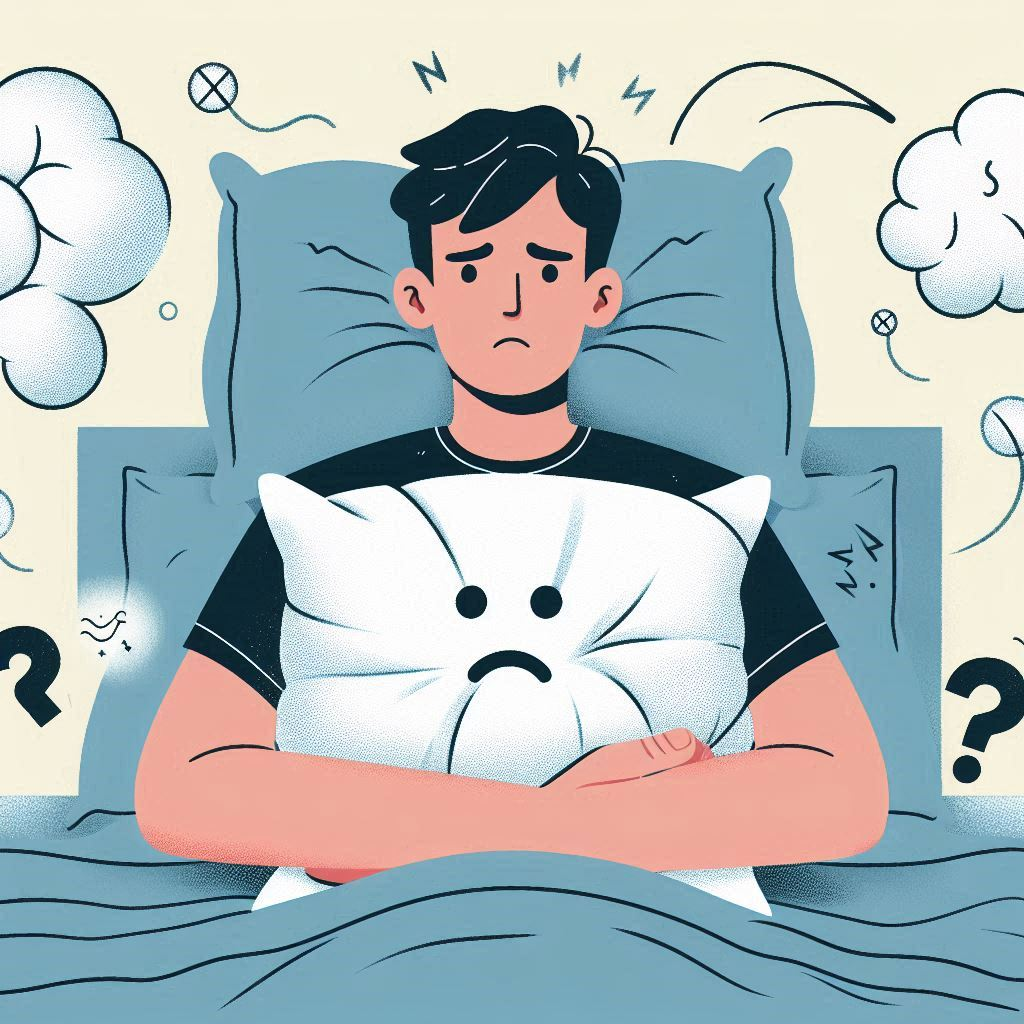
Can a Bad Pillow Cause Headaches?
Have you ever woken up with a pounding headache? You’re not alone. Many people start their day feeling groggy or with a stiff neck. While there could be many reasons for this, one often overlooked cause is your pillow. Let’s dive into whether a bad pillow can really give you headaches and how to pick the right one for a good night’s sleep.
Quick answer: Yes, a bad pillow can cause headaches by misaligning your neck and spine, leading to muscle tension and pain.
The Link Between Pillows and Headaches

Headaches can be triggered by lots of things – stress, not drinking enough water, poor posture, and yes, even sleeping on the wrong pillow. When your pillow doesn’t support your head and neck properly, it can throw your spine out of whack, leading to tight muscles and those nasty morning headaches.
How a Bad Pillow Can Give You Headaches
1. Your Neck is Out of Line
If your pillow is too high or too low, it can force your neck into an awkward position all night long. This can strain your neck muscles and lead to tension headaches.
2. Not Enough Support
A pillow that’s too soft or too hard might not give your head and neck the support they need. This can leave you uncomfortable and in pain.
3. Allergens and Dirt
Old pillows can collect dust mites and other yucky stuff that can trigger sinus headaches. Keeping your pillow clean and replacing it regularly is super important for your health.
Finding the Perfect Pillow
Picking the right pillow can make a huge difference in how well you sleep and how you feel when you wake up. Here’s a simple guide to help you find the best pillow for you:
Think About How You Sleep
- Back Sleepers: Look for a medium-firm pillow that supports the natural curve of your neck.
- Side Sleepers: You’ll want a firmer pillow that’s tall enough to keep your neck in line with your spine.
- Stomach Sleepers: Try a soft, thin pillow or even no pillow at all to avoid straining your neck.
Choose Your Pillow Stuffing
The stuff inside your pillow matters. Here are some common types:
- Memory Foam: This molds to the shape of your head and neck, giving great support.
- Latex: It’s firm and supportive, plus it’s good for people with allergies.
- Feather or Down: These are soft and you can fluff them up, but they might not support you as well.
- Polyester: It’s cheaper and good for allergies, but it might get flat over time.
Try Before You Buy
If you can, test the pillow in the store. Lie down like you do when you sleep and see how it feels. Many stores let you try a pillow at home and return it if you don’t like it.
Get a New Pillow Every So Often
Even great pillows wear out eventually. A good rule is to get a new pillow every 1-2 years to make sure it’s still supporting you well and staying clean.
My Own Pillow Story
Let me tell you about my own experience with pillows and headaches. A few years back, I started getting these awful headaches every morning. I tried everything – drinking more water, changing what I ate, but nothing helped. Then one day, a friend suggested I might need a new pillow. I thought, “No way could it be that simple,” but I was desperate to try anything.
So, I went out and bought a fancy memory foam pillow made for back sleepers like me. I couldn’t believe the difference it made! Within a week, my morning headaches were gone. I was sleeping better and waking up feeling great. It really showed me how important a good pillow is for getting a good night’s sleep and staying healthy.
Wrapping It Up
Your pillow might seem like a small thing, but it plays a big role in how well you sleep and how you feel when you wake up. A bad pillow really can cause headaches by messing up your neck and spine alignment, not giving you enough support, or harboring allergens. By choosing the right pillow for how you sleep, picking a material you like, and making sure it’s comfortable, you can greatly reduce your chances of waking up with a headache.
Remember, investing in a good pillow is investing in your health and well-being. Sweet dreams!
| How You Sleep | Best Pillow Type |
|---|---|
| On Your Back | Medium-firm, shaped to support your neck |
| On Your Side | Firm, tall enough to keep your neck and spine straight |
| On Your Stomach | Soft and thin, or no pillow at all |
What to Do Next
Now that you know how important your pillow is for avoiding headaches and getting a good night’s sleep, here are some steps you can take:
- Check your current pillow. Is it supportive? Does it keep your neck aligned with your spine?
- If you’re waking up with headaches or neck pain, consider shopping for a new pillow.
- Remember to choose a pillow based on how you usually sleep – on your back, side, or stomach.
- Don’t forget to replace your pillow every 1-2 years to ensure it’s clean and supportive.
- If you continue to have headaches even with a good pillow, talk to your doctor. There might be other factors at play.
Sweet dreams and headache-free mornings!


Leave a Reply